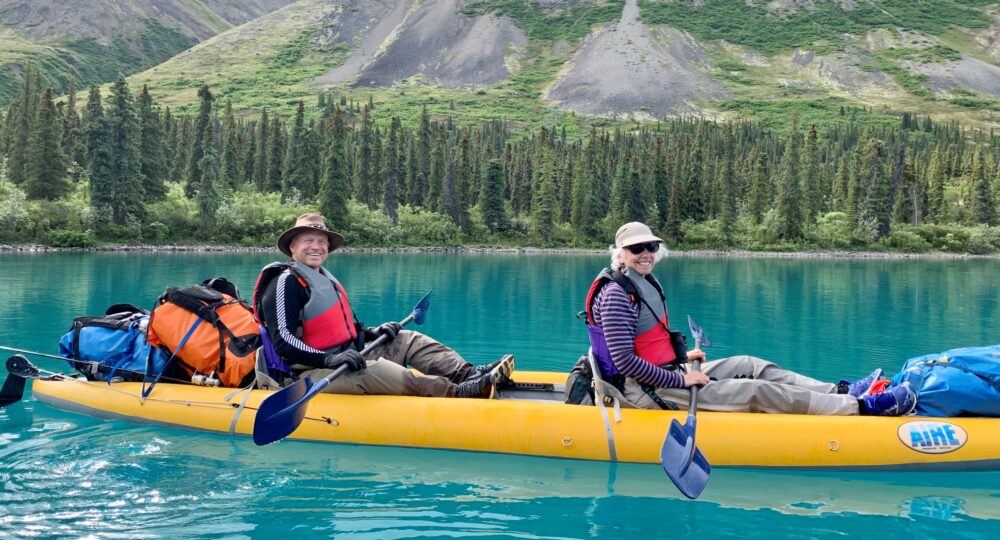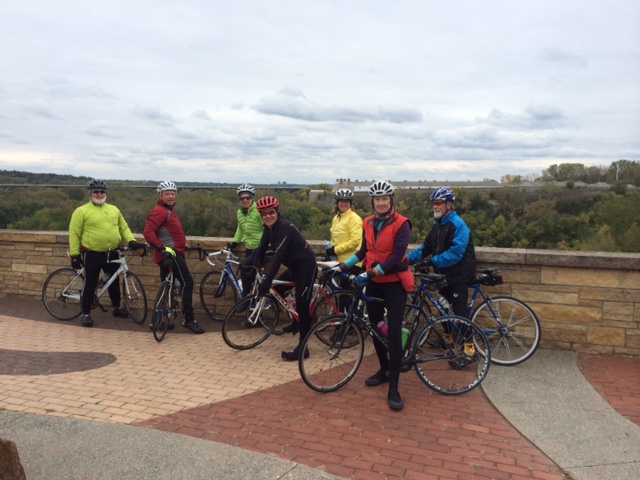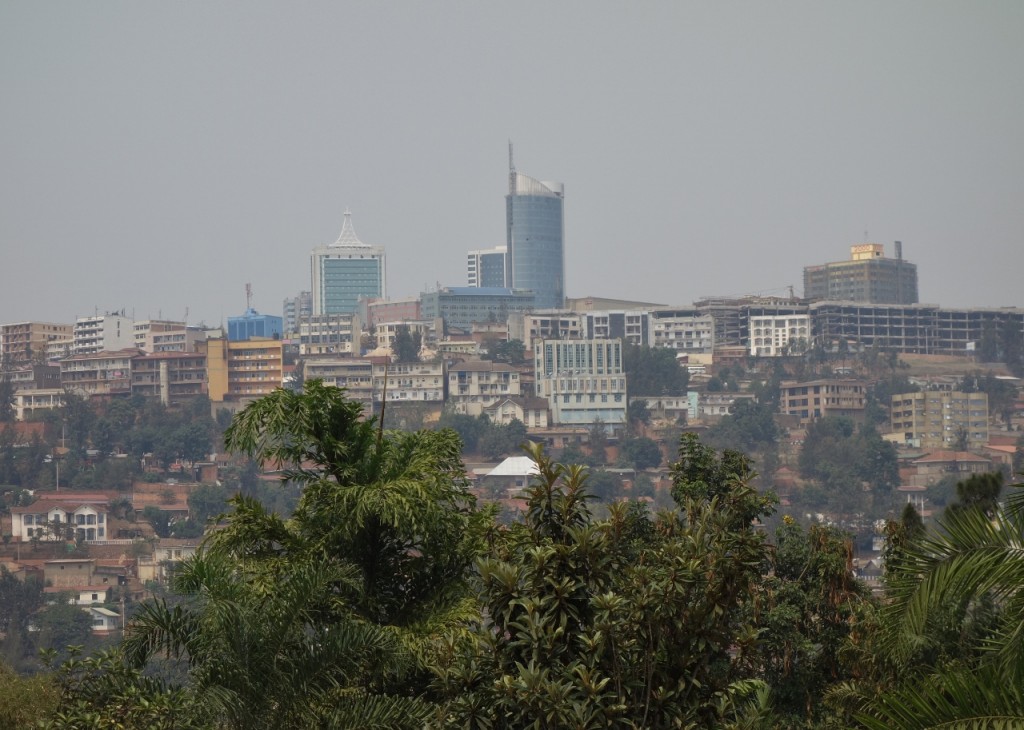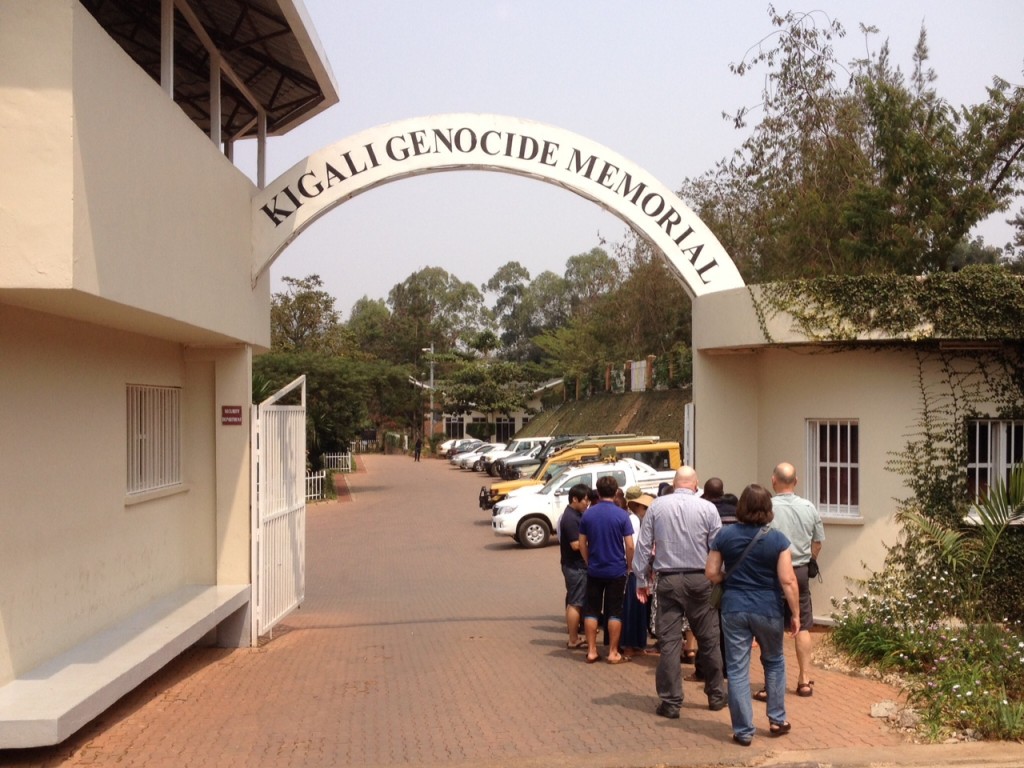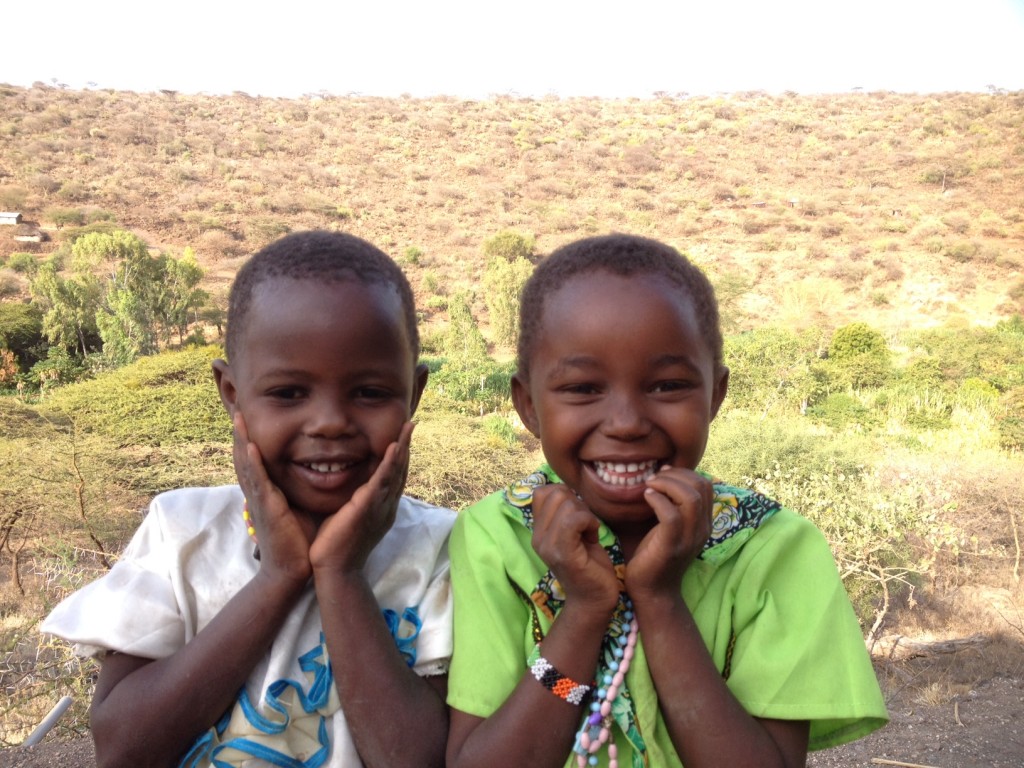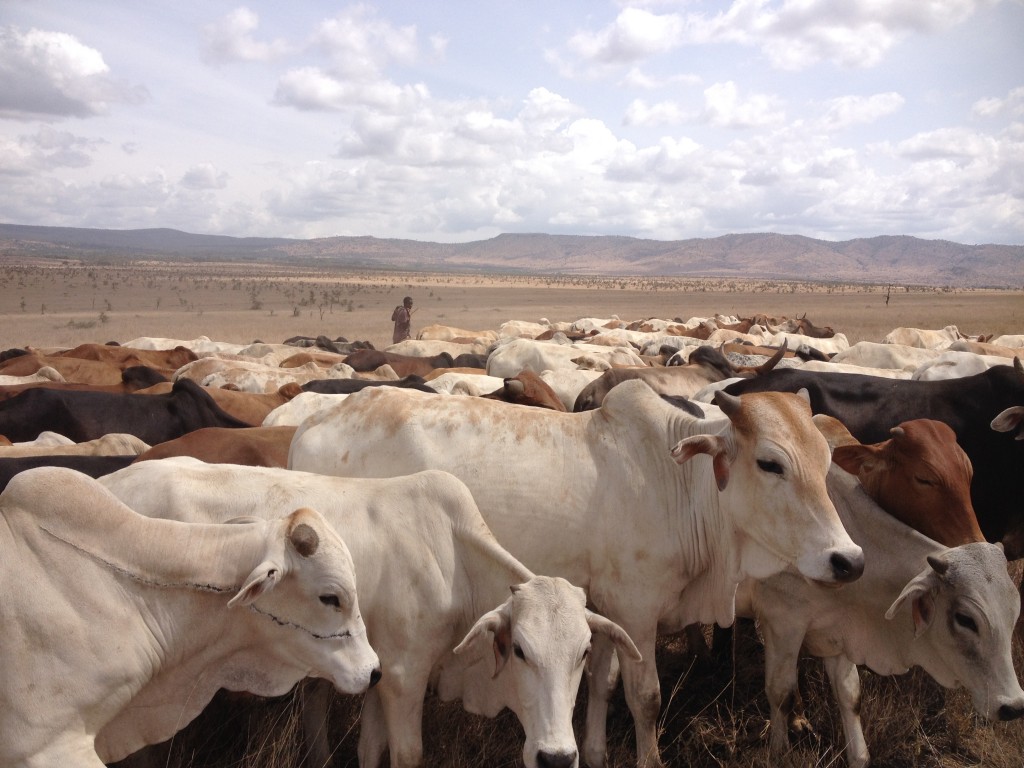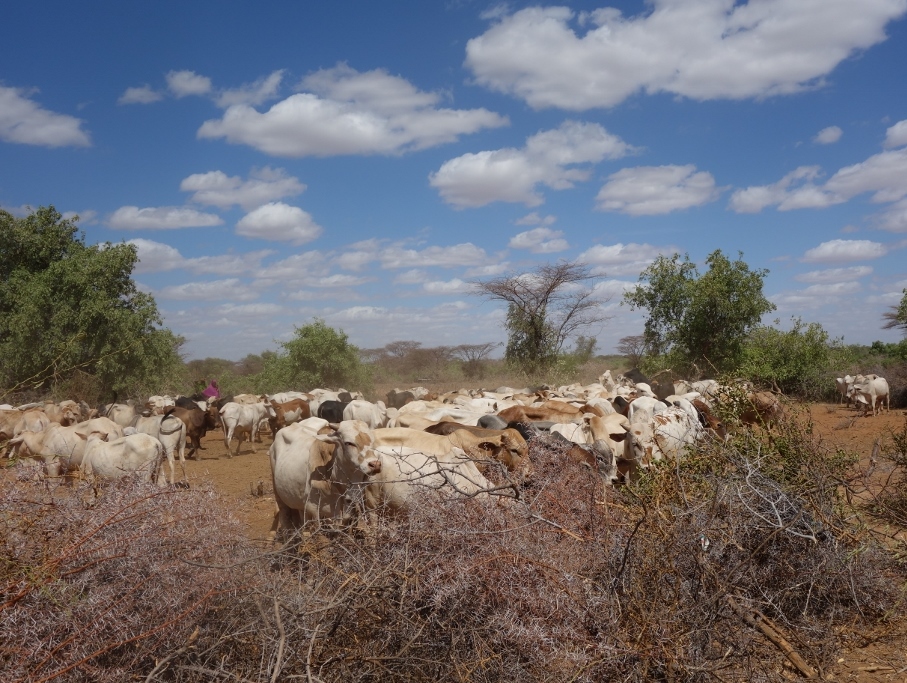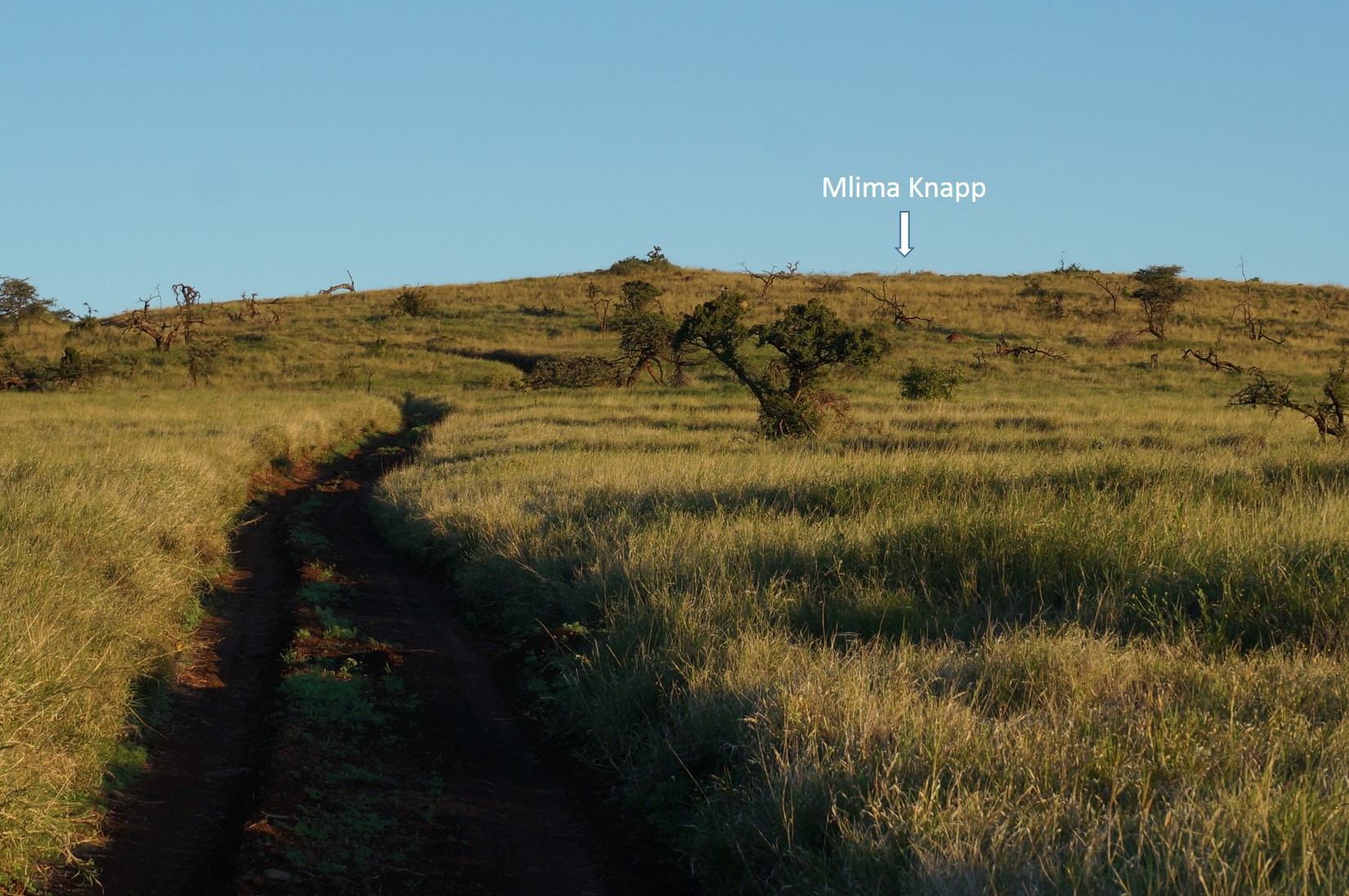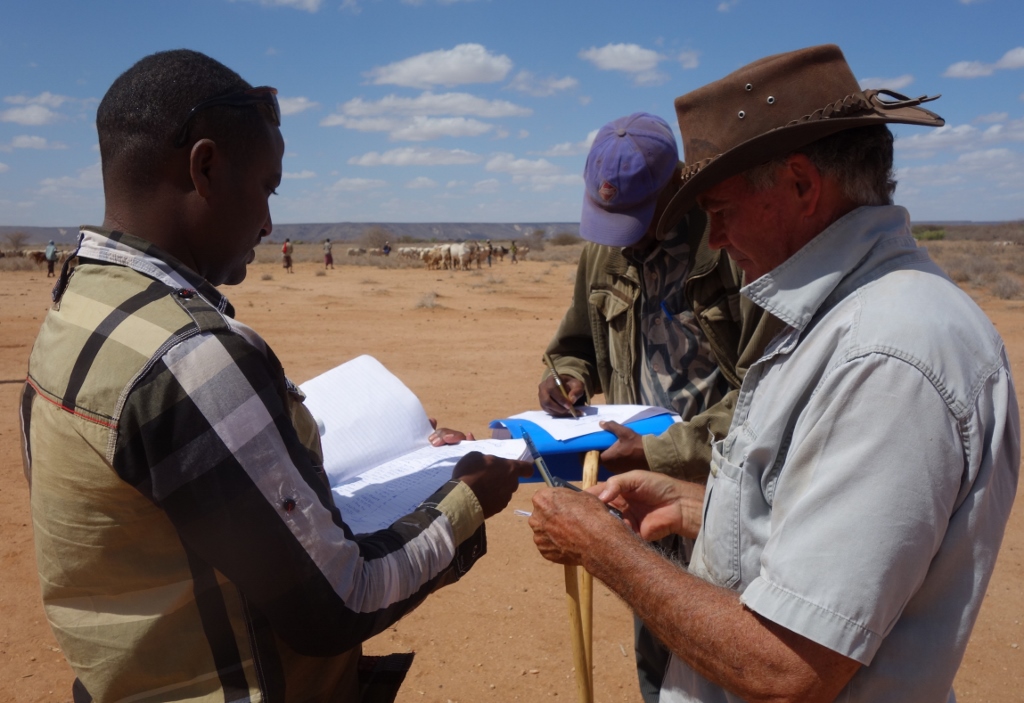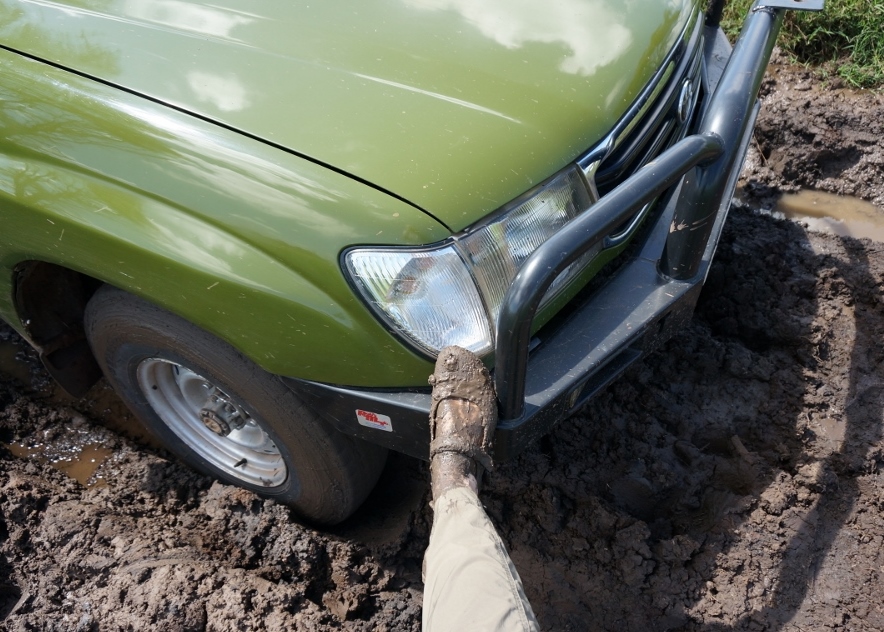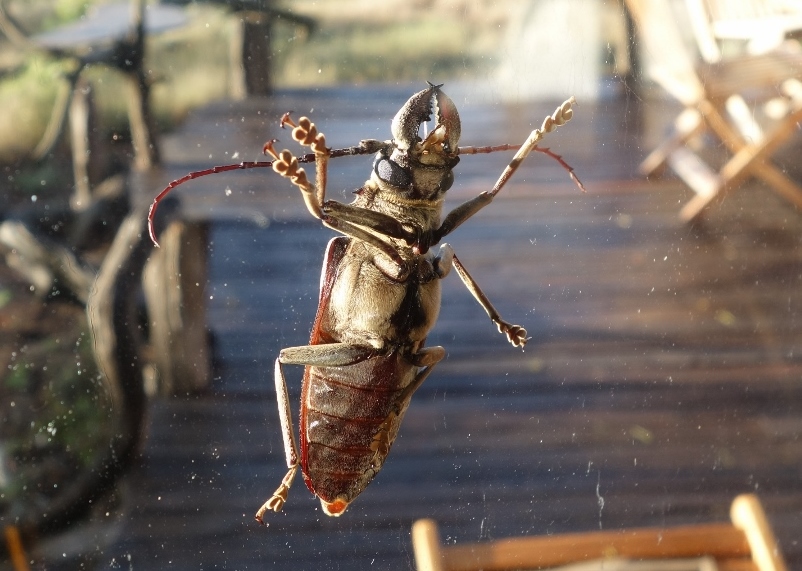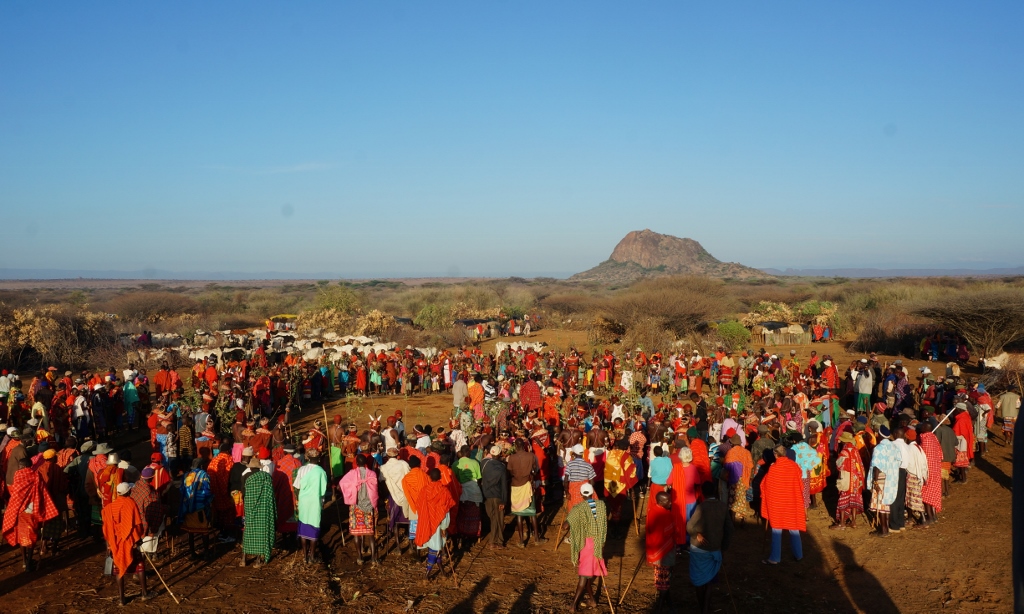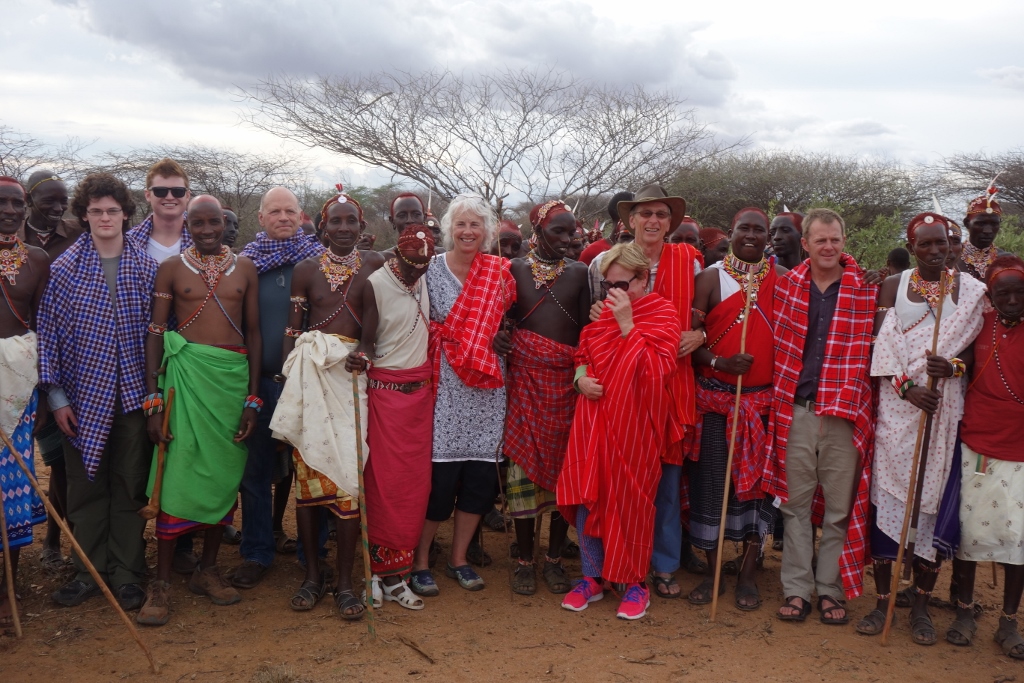After two months of silence, TenCenturies is back on line. Our hiatus coincided with a six-week return to the United States to visit family, start construction on our new house and re-acquaint ourselves with the biking routes in Maine and Minneapolis. This trip home was originally meant to mark the end of our African adventure; the return flight on a one-year round-trip ticket. Life rarely unfolds as you expect. Back in April, when my main mission was raising money to scale up NRT’s livestock trading business, we agreed to extend our commitment for an additional nine months. Investors tend to be more willing to commit funds when they’re confident in management and know who’s running the show. Saying I would be at NRT for another four months (May-August) but after that who knew wasn’t particularly reassuring. The new schedule gives us time to find a successor and make a smooth transition to new leadership.
In case anyone is interested, I’ll be posting that job opportunity soon. If you know anyone who might want to spend a year or two as CEO of NRT Trading, share this blog post. It’s a great job, the living conditions are amazing and the experience is life changing. NRT Trading has received sufficient investment to keep life exciting for years to come. And, there is no malaria and no Ebola here.
Continue reading
